By David Dunlop, 2 October 2025
I recently read an interesting article by Michael J. Lalonde called ‘Which Submarines Should Canada Buy?” This article offers a unique perspective from an informed, professional and Canadian author. Some of his main points are the following:
- The first step is to assess what the government’s objectives are for the new submarine fleet and what capabilities it will need to achieve these objectives. The government has outlined objectives and provided an extensive list of what capabilities it wants.
- After discussing the objectives and the list of desired capabilities, Lalonde then goes through the characteristics of the German/Norwegian TKMS Type 212CD submarine vs Hanwha Ocean’s KSS-II Batch 2 submarine.
- He discusses what the two designs would mean for Canadian operations, keeping in mind the distances and unique characteristics of Canadian Arctic operations. He states that “In short, the German boat brings exceptional stealth shaping, a mature NATO sensor and combat-system ecosystem, and superb choke-point lethality. The Korean boat brings greater weapons volume through VLS, lithium-ion energy for blue-water persistence, more space and automation for crews on long legs, and a vendor-proposed delivery pace that could compress Canada’s transition off Victoria-class.”
- Lalonde's own recommendation is, in short, “The KSS-III is the only conventional submarine that can meet all of Canada’s requirements.”
In my opinion, the author presents a clear, fair and concise opinion on both sides and I totally agree with his recommendation for Canada to acquire 12 of the South Korean-Hanwha Ocean KSS-III Batch 2 submarines. The Canadian government must make a decision on this before the end of 2025. The full article and the author’s biography can be viewed on Mr. Lalonde’s web page at https://www.michaeljlalonde.com/2025/09/15/which-submarine-should-canada-buy/
Image: A photo of a KSS-III Batch I on the left and a rendering of the Type 212 CD on the right. Credit: Republic of Korea Navy, ThyssenKrupp Marine Systems
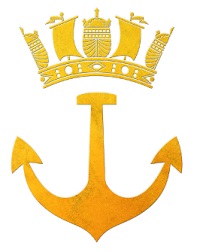

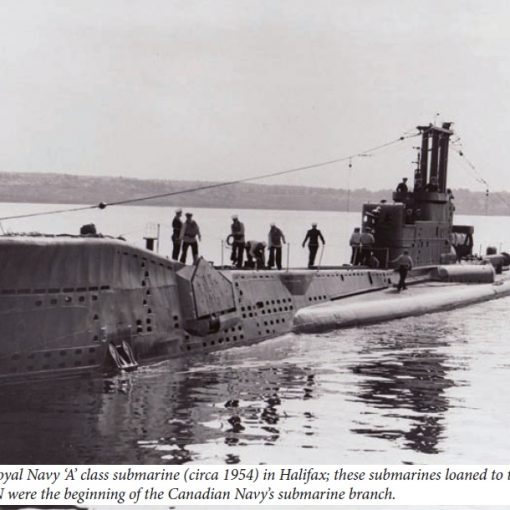
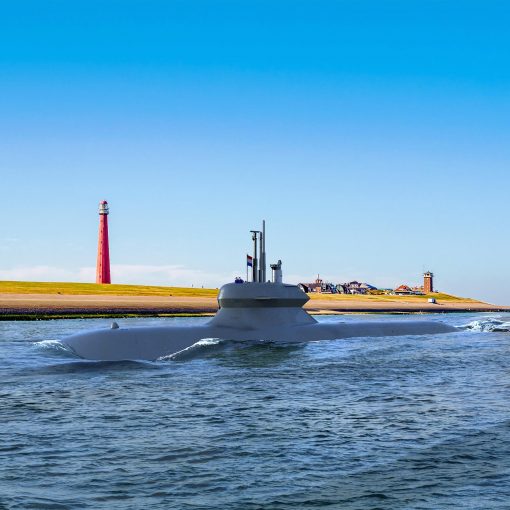
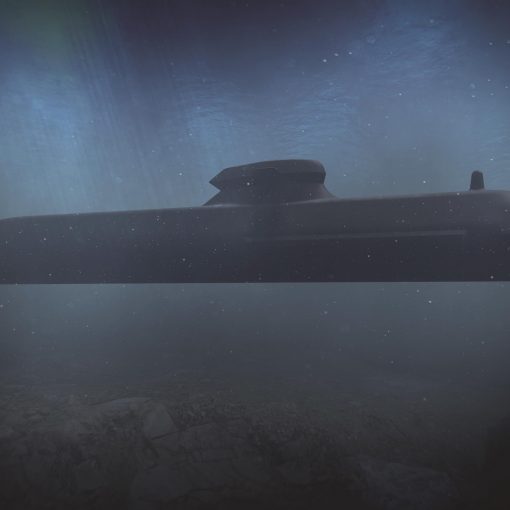
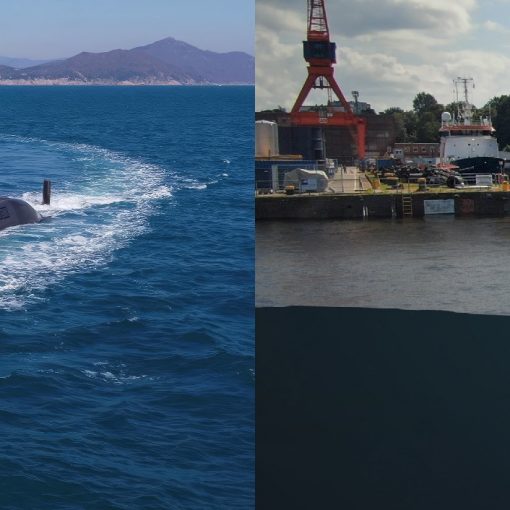
9 thoughts on “Submarines for Canada”
Thank you for this, David.
If it follows this recommendation, the government might want to buy some other military equipment from Germany to take the “sting” out of losing the submarine contract. The obvious choice would be Leopard II A8s, or even more improved. Such a contract would not be as big as the submarine one but would be a significant sale for Germany and would provide the army with a first-class tank.
We will see.
Take care.
Ubique.
Les
Hello Les. Totally agree with your statements. The TKMS 212CD Sub is an awesome piece of kit and yes, Germany might very well be upset with a KSS III Batch 2 decision from Ottawa. However only one company can win this contract and that company is Hanwha Ocean with their KSS-II Batch 2 submarine. If this is the way Ottawa goes, then taking the ‘sting’ for Germany out of not the getting the TKMS 212CD contract by acquiring Leopard II A8 tanks for the Canadian Army may help, but I suspect Canada may have to sweeten the pot somehow for them in some way. Perhaps a contract for Germany to provide replacements corvettes for our Kingston class? But that may tick-off others. We shall see. Cheers!
Hi David, great meaty article, thanks for that. Question: The “bow multi-mission portal” was missing from his list of RCN sub requirements, has the RCN dropped this? Or was it a ‘sin of omission’ since his favourite doesn’t have it but the Type 212 CD does? Interesting, eh. Pete.
Hi Pete. Great question. Can you cite for me and others, where the RCN dropped this capability? It may just be a ‘sin of omission’ from the Lalonde article as you say. Cheers!
Hello again Pete. I believe Mr. Lalonde’s article covers this with his “Insert Tier-1 special operators on coastal infiltration missions.” No?
A decent read, although I’m growing worried that not enough attention seems to be paid to our ability to fully exploit the Korean offer. Specifically, their delivery schedule may over-tax our assimilative capacity. Don’t forget that the whole program depends on the construction of infrastructure ashore – be it new or expanded jetties, training and/or maintenance facilities, etc. While the Koreans may be able to deliver the first quartet of boats long before TKMS, DND/CAF/RCN will have to ensure that we’re ready to receive them. A slower delivery schedule than what Hanwha is proposing may, ironically, be more palatable.
Hello Barnacle Bill. In my opinion, the construction of infrastructure will have to be done no matter which company wins the sub contract and much sooner than later for both coasts! The expansion of jetties, maintenance facilities and most of all training for this class should happen as soon as a contract is in place. Perhaps Hanwha Ocean could sweeten the deal and help ($$) with this important aspect of the contract. Canada and the RCN must bolster the number of sailors which will be needed for 12 of these advanced subs however. This should be done soonest even before a contract is signed!
I think Canada and the Navy should guard against the old malaise of ‘over-specing’ requirements, especially when this is designed to do things ‘the old way’, simply because that is the way the Navy has always done things..
For example, the available information suggests that both sub contenders possess multi-mission capabilities. TKMS via its bow portal, and Hanwha via both its torpedo tubes and its K-VLS, which can handle ballistic missiles, cruise missiles, mines, and support for special operations forces. In short, the South Korean seems to be more versatile in this regard,
And it is true that the Navy will have to consider how to absorb submarines that will be more quickly delivered by Hanwha than by TKMS (don’t forget that for Canada to get its Type-212-CD subs, it will have to engage in extensive negotiations with both Germany and Norway to get its deliveries slotted into the TKMS production queue – a tough task given that both the German and Norwegian navies were ahead of Canada and have just as pressing needs as we do).
As far as new infrastructure, like jetties, the final jetty expansion project at Esquimalt is scheduled for completion in 2031, while the jetty facilities in Halifax were completed in 2019. In both cases, there will not be any new destroyers at those jetties for quite some time, so plenty of space for submarines in a pinch. Both contending companies have offered to create training and maintenance facilities in Canada, although only Hanwha can offer real-time training on actual, in-service boats right now.
I think the real limiting assimilative factor will be personnel, especially once we get beyond 4 subs delivered.
Finally, I am already concerned about the impact the new Defence Investment Agency (DIA) could have on the CPSP. Ostensibly created to help expedite defence procurement, the DIA reorganization will take at least 12 months. The agency seems to be primarily concerned with the PSPC side of procurement, and its first major responsibility will be the CPSP.
Granted its very early days for this new agency so we will have to see how it develops. However, I see some potential red flags. First, it will be staffed largely by the same PSPC personnel, you know, the brain trust that was considering a split sub contract as a way (not specified) to garner more economic benefits for Canada. Second, there is a real risk that this will help strengthen the influence of non-defence factors in defence procurement? (jobs, investments in shipbuilding and other industrial sectors over defence capabilities and early/accelerated delivery). This orientation could lead to additional costly investments in yet more shipbuilding infrastructure – and possibly another shipyard – with all the associated risks and delays (see the Australian Collins-class example).
Not long ago, Stephen Fuhr, the Parliamentary Secretary (Defence and Procurement) who oversees the DIA, stated that with respect to the CPSP, “Ottawa will favour the submarine pitch that creates the most Canadian jobs when it decides whether to award a contract.” [See, Murray Brewster, “There could be ‘mutual interest’ in Canada building its submarines, says German armament secretary”, CBC News, http://www.cbc.ca, 4 October 2025]
I have said it before, but if Ottawa decides to build some submarines in Canada – a proposal that TKMS is dangling before ever gullible politicians – this could be the death-knell of this project.
Hello Dan. I get the sense in your response that you may be leaning towards, or more in favour of, the heavier South Korean KSIII Batch II Submarine vs the TKMS Type 212CD boat for Canada’s Navy. Yes there will be infrastructure problems for at least the Halifax Dockyard in the not-too-distant future with regard to where to place this new fleet which must be solved eventually. Perhaps not as much for Esquimalt with the final jetty expansion project scheduled for completion in 2031. That does not even take into account if Canada decides to have a permanent Arctic Naval Base perhaps in Iqaluit for some of these new subs. This may be a good thing in the long term however, making it easier to accommodate the longer and heavier KSIII Batch II fleet as compared to the Victoria-class. With the old Jetty 4 in Halifax being taken up by the new Protecteur-class JSS; with at least 8 River-class destroyers which are longer and much heavier than the Halifax-class frigates at close to 9,000 tonnes fully loaded and longer at over 494 Feet each. Even if they are ‘nested’ together, their drafts would be deeper than the present Halifax-class and may pose some re-configuration and will necessitate more dredging of the present jetties. Space is going to become a premium for at least 6 KSSIII Batch II class submarines on both East/West Coast dockyards. No matter which way you look at it, space management is going to be a logistical nightmare in the future if not addressed soonest. And we haven’t even discussed the Kingston-class corvette replacements for both coasts.
You are absolutely correct that if by some chance the German TKMS Type 212CD is selected over the Hanwha design, then they should never be built in Canada. Ever! That will just kill the Submarine Project. The real problem, as you say, will be more recruitment of submarine personnel and their training for these new boats. Cheers!